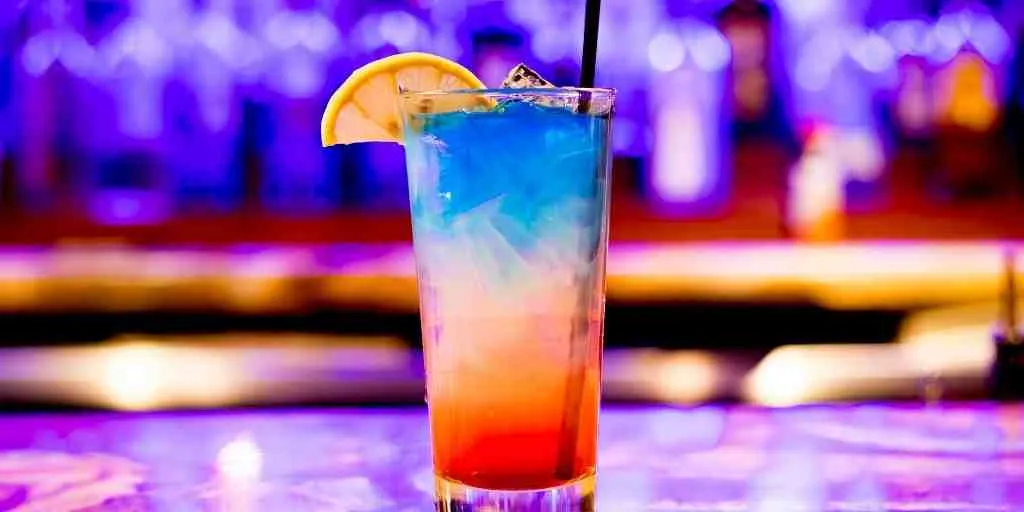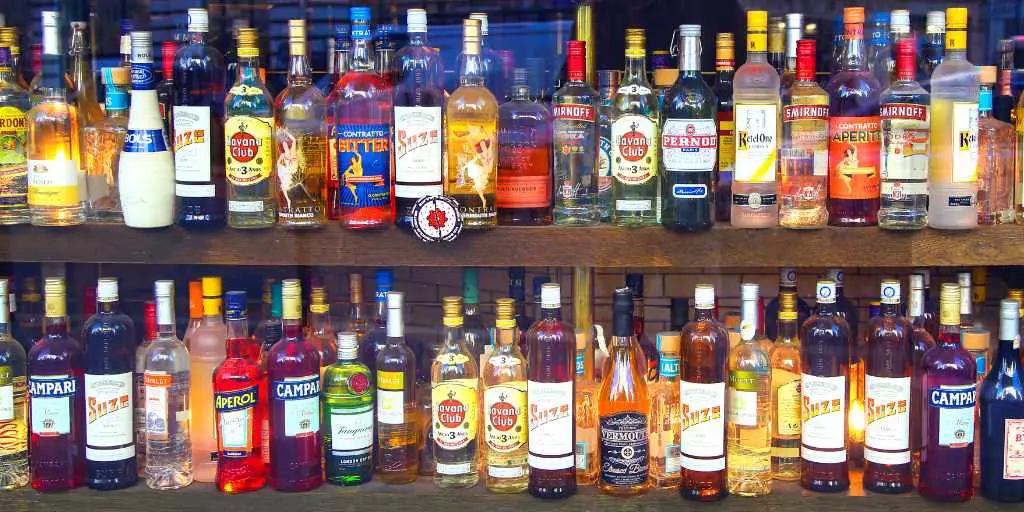Work behind the wood in any bar, lounge or club across the globe, and you can virtually guarantee you will see a line of opaque plastic containers in the fridge or chiller cabinet or sitting on the counter next to the soda gun: Store-n-Pours.
These lifesavers are excellent for efficiently storing drink mixes, juices and pre-prepared beverages when the bar is closed and a boon for busy bar keeps during opening hours. When stored, they have an airtight screw lid, and when the bartender blasts out drinks to customers, the lid is swapped for a spout, making it simple to pour the contents into a glass quickly.
Simple – problems can arise if basic hygiene steps are not followed or if staff and management are lax about their responsibilities for a clean working bar. Any owner or supervisor worth their salt in the business should be drumming into their staff the fundamental rules and procedures for health and safety. As well as high standards of personal cleanliness for workers, bar equipment should be in top-notch condition and routinely cleaned – typically after every shift when the bar is broken down for the night.
A decent checklist for behind the bar and dispense will always contain sections for frequent cleaning of the Pour-n-Store containers and rotation/replacement of their contents, particularly the juice spouts, which should, ideally, be run through a dishwasher each day. This checklist should be signed off – daily – by the supervisor or bar manager.
The reasoning for this? Imagine calling into a bar on your way home from a pretty bad day at work. You are desperate for a nice relaxing drink. The bartender prepares you one using pre-mix from a Pour-n-Store – and it tastes vile. This is because the staff have failed to follow basic hygiene procedures, leaving old juice or pre-mixed drinks in containers for far too long or not cleaning the pouring spouts for weeks (or sometimes months). The result? You are an unhappy customer who is unlikely to use that bar again and who will spread the word that hygiene is low on the establishment’s priorities. Whichever way you look at it, this is not good for business.
Despite the manufacturers’ claims, plastic containers can become filthy if not washed regularly, with dried fruits, dirt and bacteria clinging to the insides of the polyethene walls and lid. The same goes for the spouts or ‘pouring tops’ – they have two openings, one for pouring and a smaller one which serves as a vent to ensure a smooth, fast flow of liquids. Both can become clogged with all kinds of nasty stuff, resulting in slow pour times, rotten fruit particles slipping into peoples’ drinks, and drinks that taste pretty awful – or, worse, a customer falling ill after consuming a bacteria-filled beverage you have served.
Making sure this never happens is straightforward. All containers should be labelled with their contents, date of mixing/prep, and a ‘best by’ date because even chilled juices can turn sour quite quickly – this is a requirement from the Department of Health, and bars can be punished for not keeping an accurate record of drinks preparation and storage in chillers or fridges. And when storing in a fridge, never leave the pouring tops on the containers – the airtight lids or screw tops provided by the manufacturer should always be in place.
Big batches of popular pre-prepared mixtures can be stored in the larger half-gallon containers in a cooler or fridge until needed and can quickly be decanted into quart-size Store-n-Pours for use during busy bar times. This will cut down on waste and means staff can monitor and clean the quart pots quickly during or at the end of a shift. Any quart containers used during a shift should be emptied and thoroughly cleaned when you break down the bar at closing time. The contents will have been out of the fridge and warming for hours – neither tasty nor healthy.
Any and all containers and pouring tops must be washed when service finishes, ideally via a dishwasher on a very hot cycle. Just to be sure, inspect the equipment when it comes out of the machine to check there are no pieces of fruit or juice clinging on stubbornly. If there are, back they go through the machine again. And staff should try to find the time during the evening to hand-wash and soak the pouring tops when they are not in use, or if the shift is too busy, then the tops should be left in a sink full of hot water and bleach overnight and checked for dirt the following day – before they are used for any drinks pouring.
It is incredibly easy to be lazy or assume somebody else on staff (maybe the barback?) is going to run those pouring tops through the washer so you don’t have to. Always think about hygiene, customers’ health, and your bar’s reputation, and keep on top of the Store-n-Pours.
Remember: cleanliness costs nothing, but poor hygiene can cost your business a lot.




